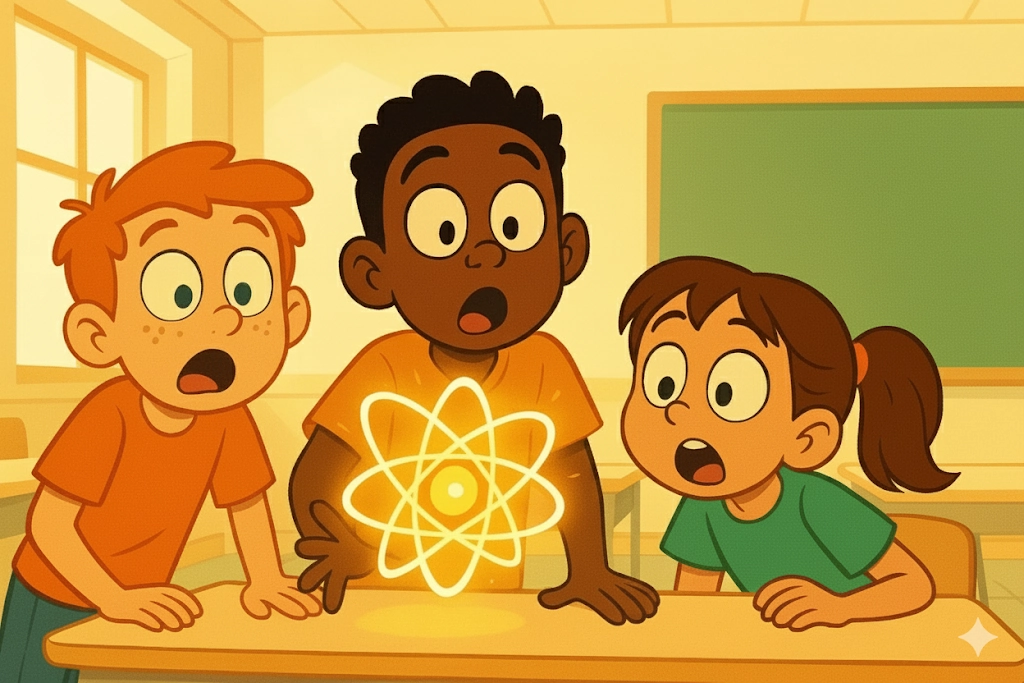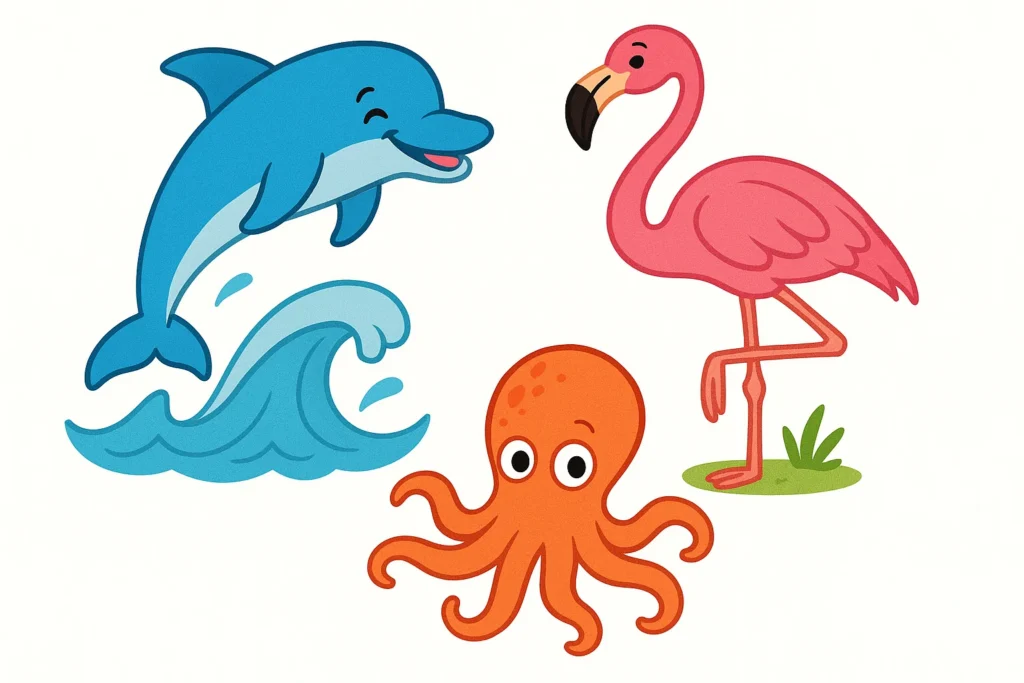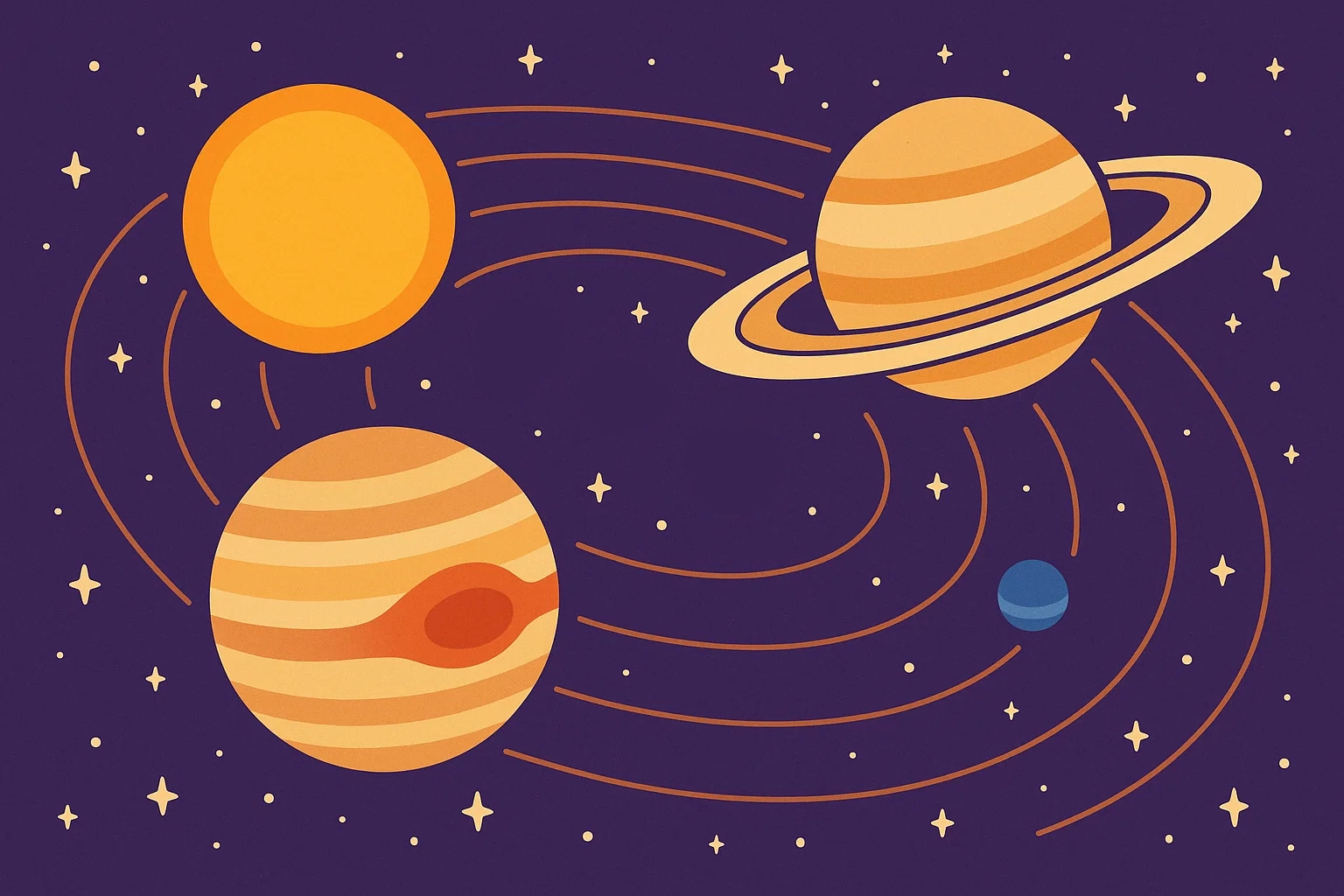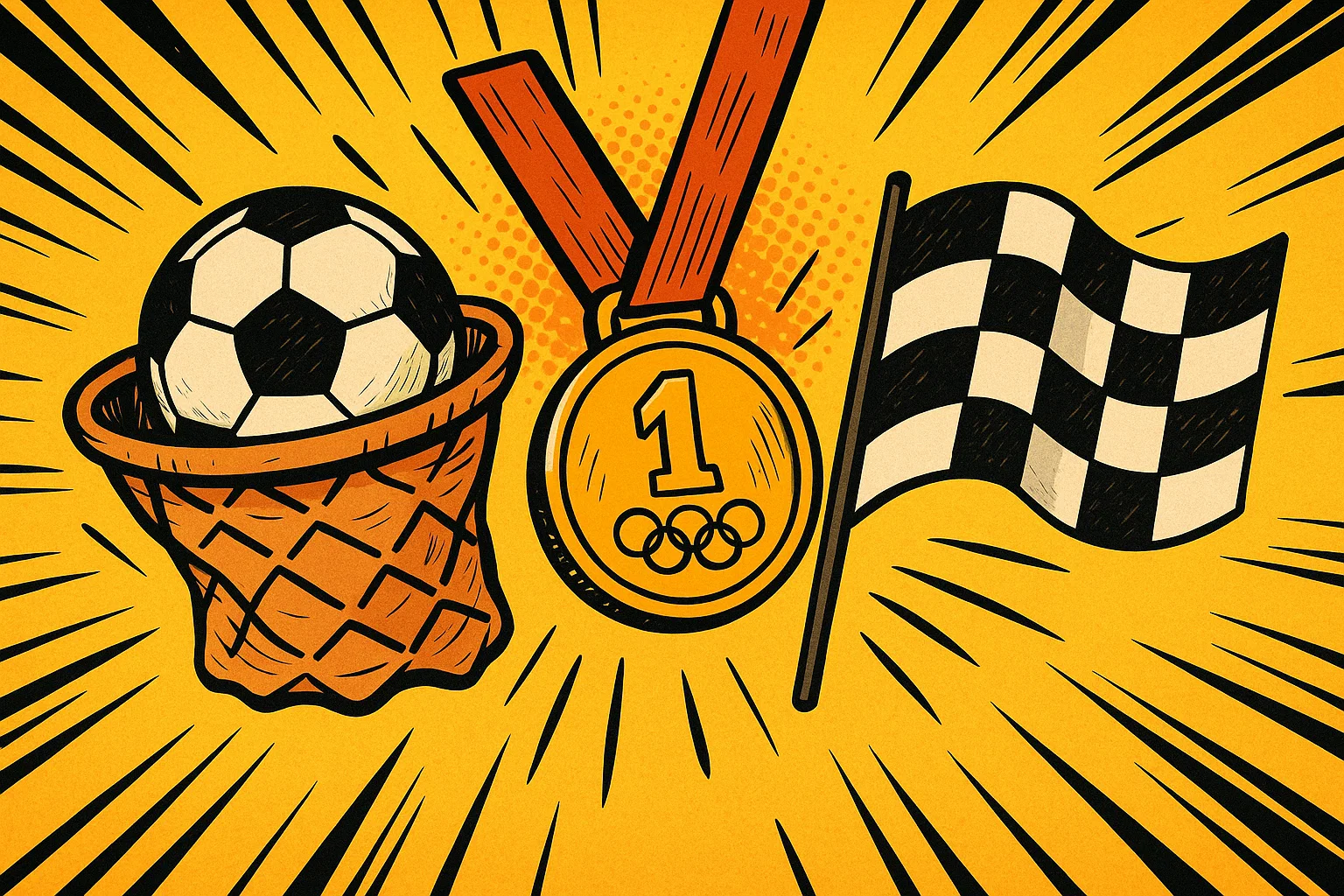90+ Unbelievable Fun Facts Spark Curiosity Students

Learning doesn’t have to feel like work. When you discover fascinating facts about the world around you, education transforms into an adventure. Whether you’re preparing for trivia night, looking to engage young minds, or simply want to spark curiosity in students, these unbelievable fun facts will entertain and educate simultaneously.
The facts presented here span animals, space, science, history, and more—each carefully selected to make learning an exciting journey of discovery.
Facts For Students About Animals

Animals possess abilities that seem almost magical when you examine them closely. These creatures have evolved remarkable adaptations that continue to fascinate scientists and casual observers alike.
Surprising Animal Superpowers
- The octopus stands out as one of nature’s most incredible invertebrates. It has three hearts pumping blue blood.
- An octopus can squeeze through spaces smaller than its own eyeball.
- An octopus can change color in milliseconds, matching its surroundings with precision that rivals advanced camouflage technology.
- Dolphins display intelligence that rivals some primates. They use unique whistles as names, calling to specific individuals within their pod.
- Research from PNAS indicates that dolphins may recognize themselves in mirrors—a sign of self-awareness found in only a handful of species.
- The mantis shrimp punches with the force of a bullet, creating underwater shockwaves that can break aquarium glass.
- The pistol shrimp creates a bubble that reaches temperatures nearly as hot as the sun’s surface.
Animal Adaptations
- Antarctica hosts animals that survive conditions most creatures couldn’t endure for minutes. Emperor penguins huddle together, rotating positions so every bird gets time in the warm center.
- Penguin feathers trap air so effectively that their skin stays dry even when swimming in freezing water.
- Arctic foxes have white fur that provides camouflage, but this coloration serves a dual purpose. The fur is actually transparent—each hair is hollow, trapping air for insulation while reflecting light to appear white.
- The land animal that can survive the longest without water is the kangaroo rat, which may go its entire life without drinking. It produces water metabolically from the seeds it eats.
Creature Body Abilities
- Koala fingerprints are so similar to human fingerprints that they’ve reportedly confused crime scene investigators.
- An insect’s respiratory system works differently than ours. They breathe through tiny tubes called spiracles along their body, meaning they don’t use lungs at all.
- This system limits how large insects can grow because oxygen diffusion becomes inefficient beyond a certain size.
- Flamingos aren’t born pink. These birds get their distinctive color from the shrimp and algae they eat, which contain carotenoid pigments.
Flamboyance Flamingo Group Name
- When flamingos gather, they form what’s called a flamboyance—one of the most fitting collective nouns in the animal kingdom.
- A flamboyance serves important social functions; flamingos are more likely to breed successfully in larger groups.
Sea Creatures Amazing Facts
- The ocean covers over 70% of Earth’s surface, yet we’ve explored less than 20% of it.
- Jellyfish have existed for at least 500 million years, making them older than dinosaurs.
- Some species of jellyfish are biologically immortal—the Turritopsis dohrnii can revert to its juvenile polyp stage after reaching maturity.
- Sea turtles navigate thousands of miles to return to the exact beach where they were born to lay their eggs. Scientists believe they use Earth’s magnetic field as a map.
- The blue whale produces sounds reaching 188 decibels—louder than a jet engine. These calls can travel hundreds of miles underwater.
Interesting Facts About Space

Space presents mysteries that continue to captivate scientists and dreamers. Our v cosmos expands constantly, revealing phenomena that seem impossible yet are verified through observation and mathematics.
Wonders Solar System
- Venus spins so slowly that one day on Venus (243 Earth days) is longer than one Venusian year (225 Earth days).
- Even stranger, Venus rotates backward compared to most planets.
- Jupiter’s Great Red Spot is a storm that’s been raging for at least 400 years.
- This massive anticyclone is so large that three Earths could fit inside it.
- Saturn’s rings are surprisingly thin—often less than one kilometer thick despite spanning over 280,000 kilometers wide.
Astronomical Phenomena
- Lightning occurs on Earth constantly—about 100 strikes per second globally, but it also occurs on Jupiter and Saturn.
- A day on Mercury experiences wild temperature swings, ranging from 430°C on the sun-facing side to -180°C on the dark side.
- Neutron stars are so dense that a teaspoon of their material would weigh about a billion tons on Earth.
- These stellar remnants spin incredibly fast, sometimes rotating hundreds of times per second.
Earth’s Place Universe
- Earth orbits the sun at approximately 67,000 miles per hour (107,000 km/h), yet we don’t feel this motion.
- The observable universe contains an estimated two trillion galaxies.
- Our Milky Way galaxy alone hosts between 100-400 billion stars.
- Light from the sun takes 8 minutes and 20 seconds to reach Earth. This means we always see the sun as it was over 8 minutes ago.
Time Planets
- A year’s length varies dramatically across the solar system; Mercury completes its orbit in just 88 Earth days.
- Neptune requires 165 Earth years to circle the sun once.
- A Martian day (called a “sol”) lasts 24 hours and 37 minutes, nearly identical to Earth’s.
- The further a planet is from the sun, the slower its orbital speed. Earth travels at about 30 km/s, while Neptune creeps along at roughly 5 km/s.
General Knowledge Fun Fact Science
Science reveals patterns and oddities throughout nature that challenge our everyday assumptions about how the world works.
Weird But True Science Facts
- Hot water can freeze faster than cold water under certain conditions—a phenomenon called the Mpemba effect.
- Glass isn’t actually a solid—it’s an amorphous solid, essentially a very slow-moving liquid.
- Stomach acid (hydrochloric acid) is powerful enough to dissolve metal.
- Your stomach produces a new mucus lining every two weeks to prevent it from digesting itself.
Nature’s Amazing Creations
- Honey never spoils when stored properly. Archaeologists have found 3,000-year-old honey in Egyptian tombs that’s still perfectly edible.
- Honey’s low moisture content and acidic pH create an environment where bacteria cannot survive.
- Bananas are berries, but strawberries aren’t in botanical terms.
- A cloud might look weightless, but an average cumulus cloud weighs about 1.1 million pounds (500,000 kg)—equivalent to 100 elephants.
Short Facts World
- Mount Everest isn’t the tallest mountain when measured from base to peak. That title belongs to Mauna Kea in Hawaii, which rises over 10,000 meters from the ocean floor.
- The Amazon rainforest produces approximately 20% of Earth’s oxygen, though the ocean’s phytoplankton may contribute even more.
- Antarctica is the driest continent on Earth, with some areas receiving almost no precipitation for millions of years. It’s technically a desert.
Time Measurement Jiffy
- In physics, a “jiffy” is an actual unit of time, though its definition varies by field.
- In quantum physics, a jiffy represents the time light takes to travel one fermi—roughly 3×10−24 seconds.
- The concept of a jiffy in everyday language—meaning “a very short time”—originated in the late 18th century, possibly from thieves’ slang.
Fun Facts About Human Body
The human body performs millions of operations every second, most happening entirely outside our conscious awareness. These biological processes reveal engineering that surpasses anything humans have deliberately designed.
Incredible Brain Senses
- Your brain generates about 20 watts of power when awake—enough to power a dim light bulb.
- The brain uses approximately 20% of the body’s total oxygen supply.
- Smell connects directly to memory more strongly than any other sense because the olfactory bulb has direct connections to brain areas that process emotion and memory.
- You can’t tickle yourself because your brain predicts your own movements, cancelling out the sensation.
Fascinating Body Abilities
- Your body contains approximately 37.2 trillion cells.
- Human fingerprints form in the womb between the 10th and 16th week of pregnancy.
- Your nose can distinguish about one trillion different scents, according to research from 2014.
Koala Fingerprints
- Koalas developed fingerprints independently from primates, despite being marsupials with no close evolutionary connection.
- Scientists believe these prints evolved because koalas need excellent grip for climbing eucalyptus trees.
- Under a microscope, koala fingerprints are remarkably similar to human ones, featuring the same general pattern types: arches, loops, and whorls.
Facts Kids Should Know
- Your heart beats approximately 100,000 times per day, pumping about 2,000 gallons (7,500 liters) of blood.
- Over a lifetime, a human heart beats about 2.5 billion times.
- Bones are stronger than steel when compared pound for pound.
- You produce enough saliva in your lifetime to fill two swimming pools—approximately 25,000 liters.
Facts For Kids History Culture
History contains stories so strange they seem fictional, yet documentation confirms their authenticity. These events shaped our world in unexpected ways.
Mind-Blowing Historical Events
- The Great Wall of China isn’t visible from space with the naked eye, despite popular belief. This myth has been debunked by numerous astronauts.
- Ancient Egyptians used honey as both food and medicine. They also used it for embalming, taking advantage of its antibacterial properties.
- Cleopatra lived closer in time to the moon landing than to the construction of the Great Pyramid. The pyramids were ancient to ancient Egyptians.
Fun Around World
- Every continent has a city named Rome.
- Japan has over 6,800 islands, though only about 430 are inhabited.
- The shortest commercial flight in the world lasts about 90 seconds. It operates between Westray and Papa Westray in Scotland’s Orkney Islands.
Shortest War History
- The Anglo-Zanzibar War of 1896 holds the record as the shortest war in history, lasting between 38 and 45 minutes.
- The conflict began when the successor to the Sultan of Zanzibar refused to step down as the British demanded.
- Casualties were heavily one-sided: around 500 Zanzibari casualties compared to just one injured British sailor.
Food & Environment Interesting Facts
What we eat and the environment we live in contain surprising connections that most people never consider.
Facts About Food
- A strawberry isn’t a berry, but a banana is—botanically speaking.
- Apples float in water because they contain 25% air by volume.
- Cashews grow outside the fruit. The actual nut grows inside a shell containing toxic oils.
Facts About Weather
- Lightning is five times hotter than the surface of the sun, reaching temperatures around 30,000 Kelvin (29,727°C).
- The water you drink is the same water dinosaurs drank. Earth’s water cycles continuously.
- Antarctica contains about 90% of Earth’s ice and 70% of its fresh water. If all Antarctic ice melted, global sea levels would rise approximately 58 meters.
Bananas Are Berries
- This botanical classification surprises most people because a true berry develops from a single flower’s ovary and contains seeds within the flesh.
- Bananas fit this definition perfectly. Each banana comes from a single flower, and those tiny black specks inside are undeveloped seeds.
- Other surprising true berries include grapes, kiwis, and tomatoes.
Honey Never Spoils
- Honey’s low moisture content (usually below 18%) creates an environment where bacteria cannot thrive.
- Honey is naturally acidic (pH between 3 and 4.5), which further inhibits bacterial growth.
- When bees make honey, they add an enzyme that produces hydrogen peroxide—a natural antimicrobial compound.
- Crystallized honey hasn’t spoiled; it’s a natural process that can be reversed by gently warming it.
Sports & Recreation Fun Facts

Sports and recreation reveal human physical capabilities at their peak, often producing results that seem to defy biological limits.
Sports Trivia Kids
- Basketball was invented with a soccer ball and two peach baskets in 1891 by Dr. James Naismith.
- The Olympic gold medals aren’t pure gold. They’re mostly silver (92.5% silver), with about 6 grams of gold plating.
- Soccer is the world’s most popular sport, with an estimated 4 billion fans globally. Cricket ranks second.
Amazing Athletic Records
- The fastest recorded tennis serve reached 163.7 mph (263.4 km/h), hit by Samuel Groth in 2012.
- Usain Bolt’s world record 100-meter sprint (9.58 seconds) represents a speed of 23.35 mph (37.58 km/h) at his peak.
- The longest professional baseball game lasted 8 hours and 6 minutes, played over two days (33 innings in 1981).
Game Time Fun
- Chess has more possible game variations than there are atoms in the observable universe.
- After just four moves by each player, there are 288 billion possible positions in chess.
- A regulation golf ball has 336 dimples on average. These dimples reduce air resistance and help the ball fly farther.
- The Super Bowl is the second-largest eating day in America after Thanksgiving. Americans consume approximately 1.4 billion chicken wings during Super Bowl weekend.
